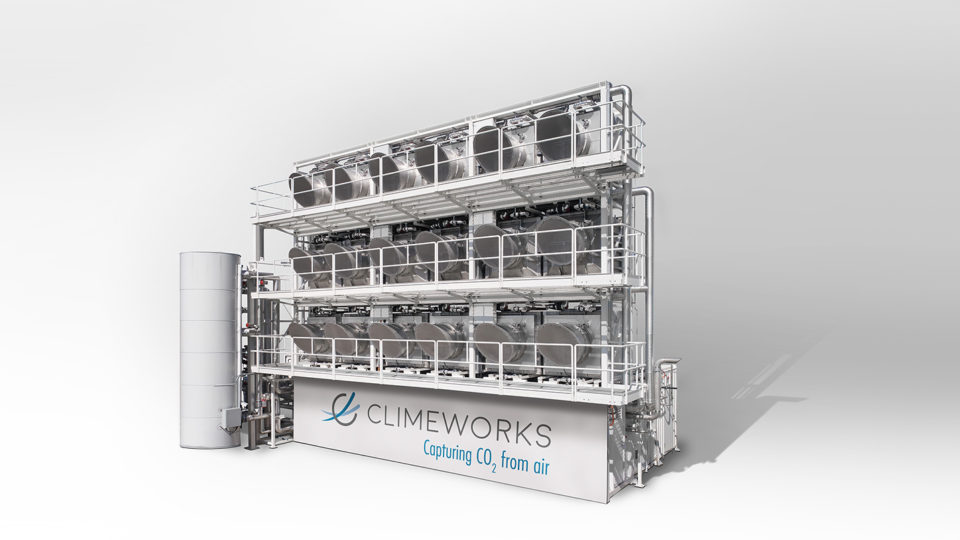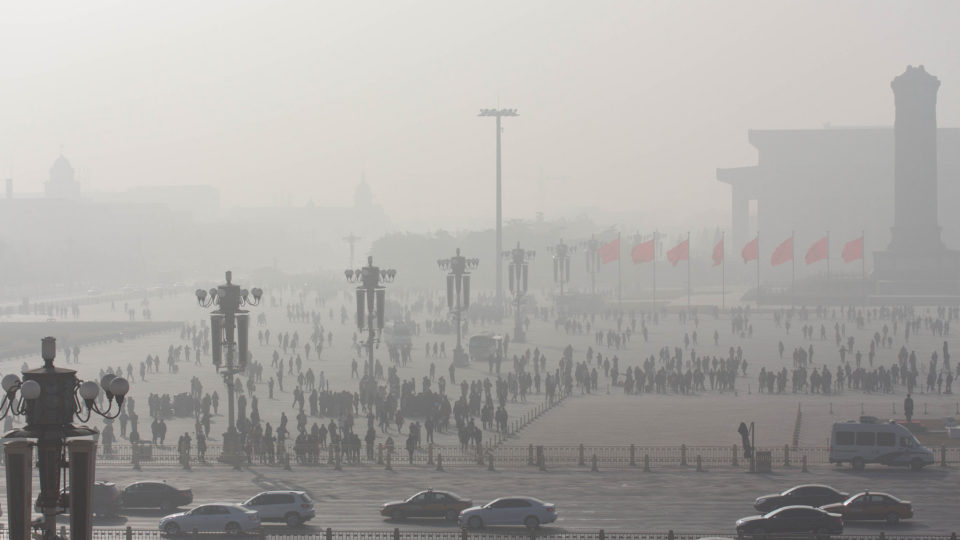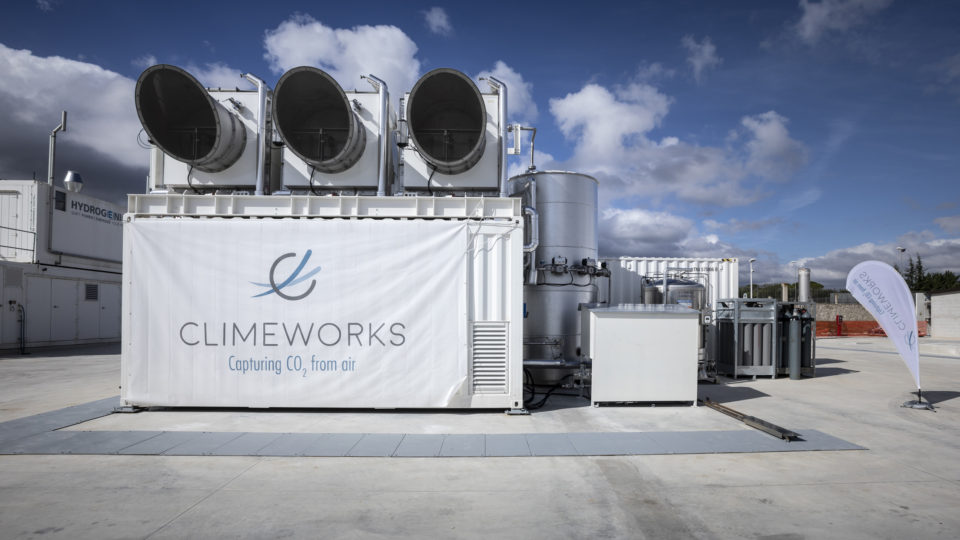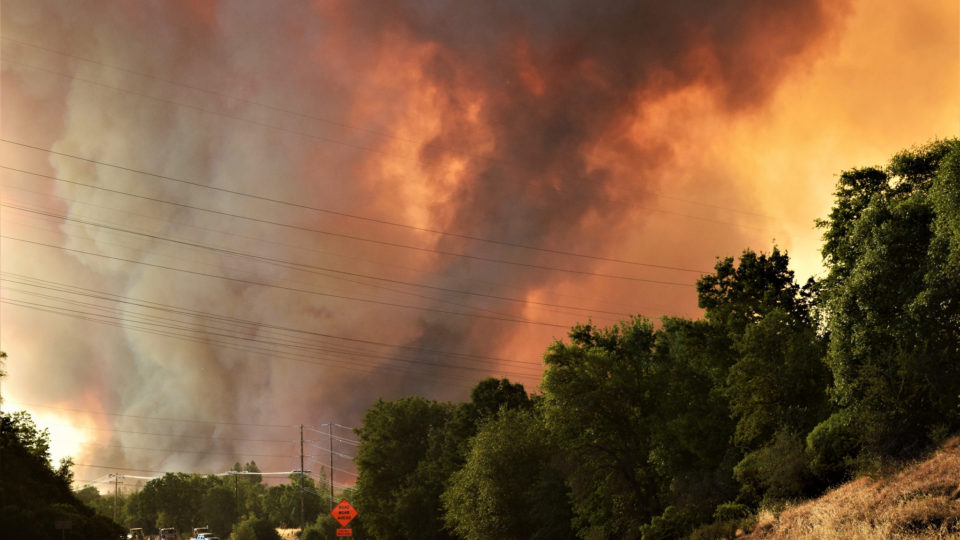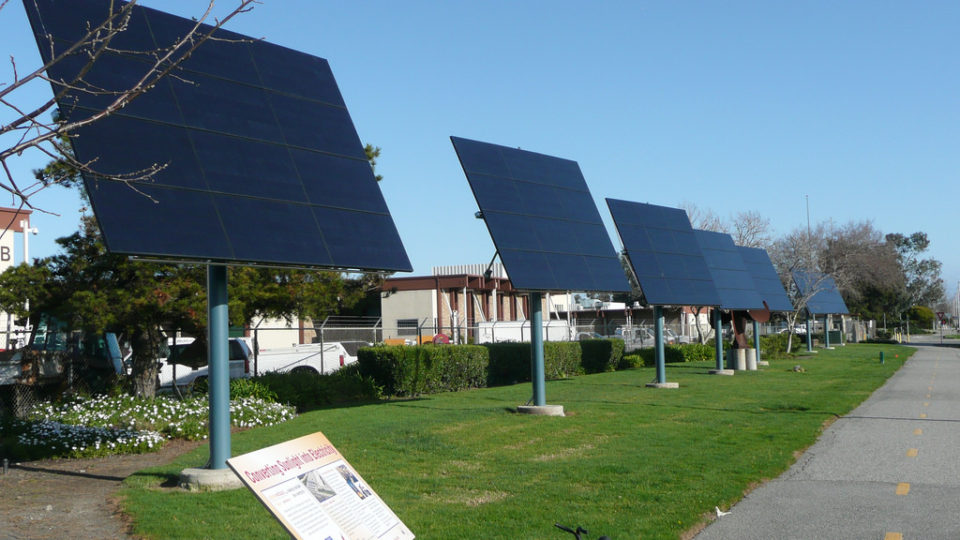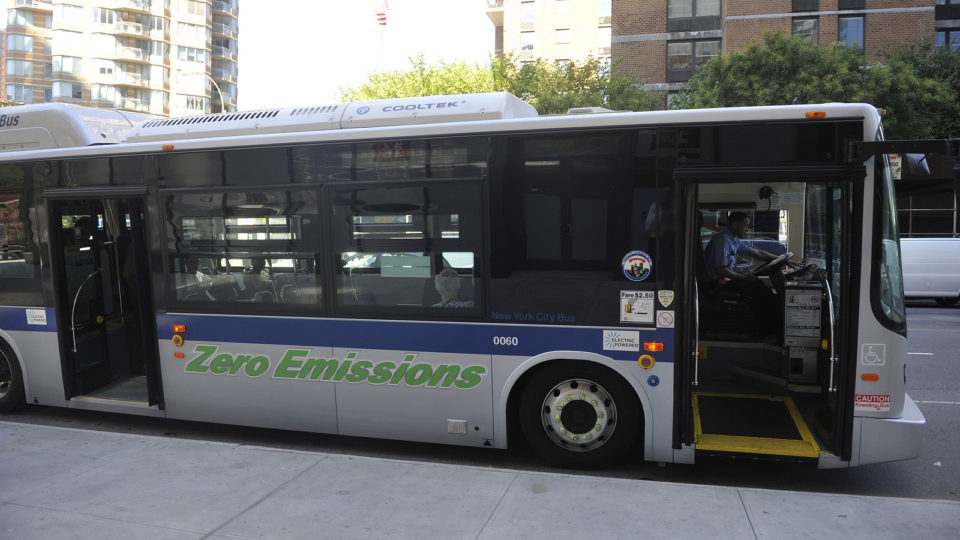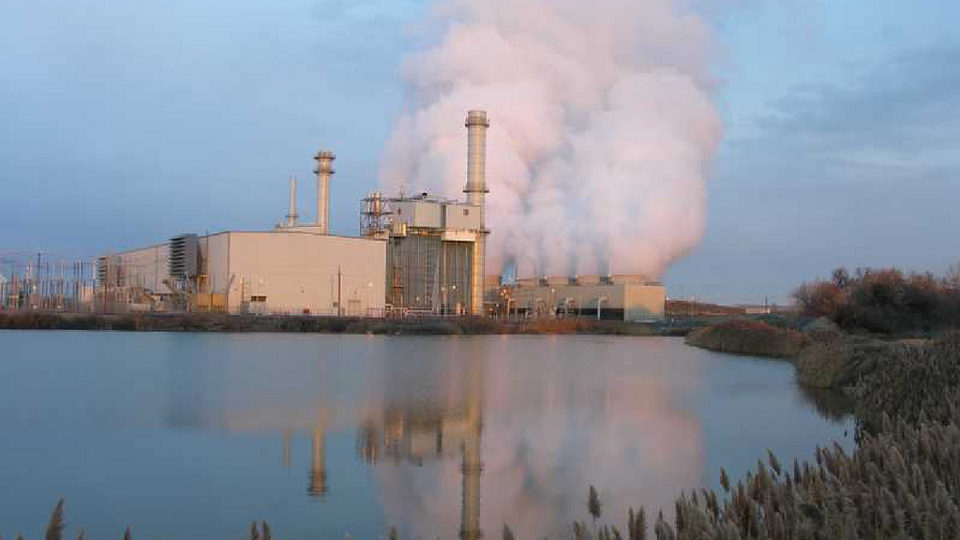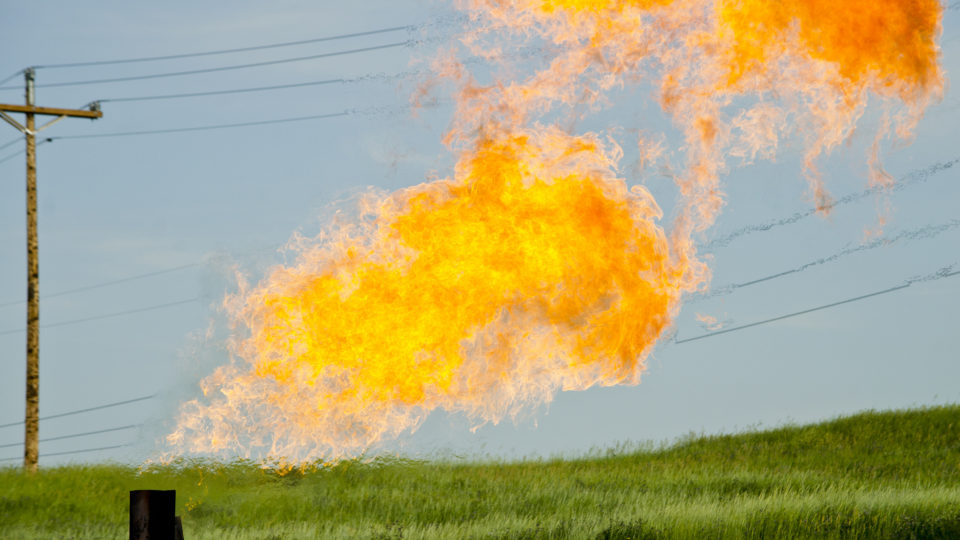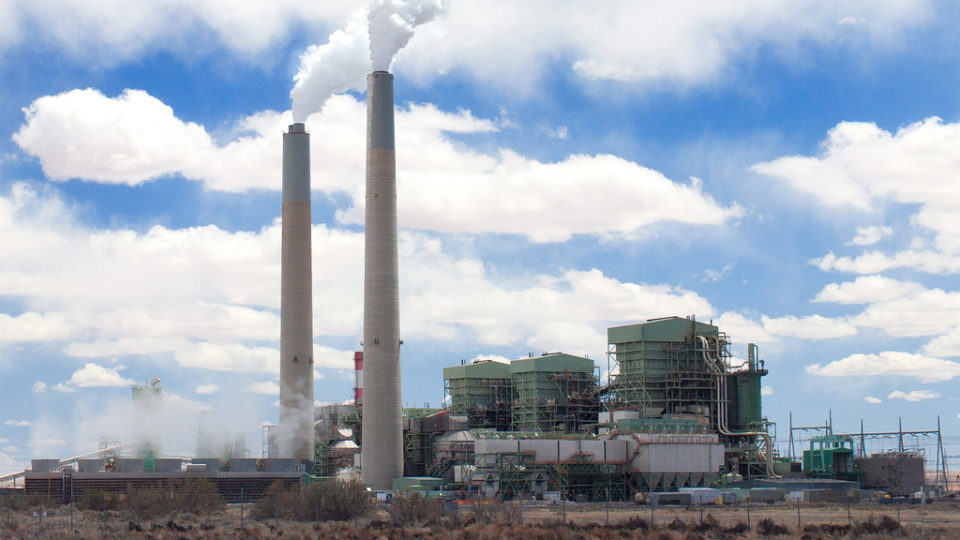As atmospheric carbon dioxide levels continue to set new records and the effects of climate change grow stronger, humanity has continued to procrastinate on reducing emissions. As a result, it is increasingly clear that any strategy to avoid runaway climate change will have to involve the use of “negative emissions”- techniques or technologies that actually remove CO2 from the air.
There are both low-tech and high-tech methods for removing carbon dioxide from the atmosphere and both are likely to be needed.
On the low-tech side, afforestation (planting trees where there were none before), reforestation, changes in forest management, rebuilding the carbon backbone in agricultural soils, and the use of energy from waste biomass are all ways to take carbon out of the atmosphere.
On the high-tech side, direct air capture technologies that take CO2 out of the air and store it in the ground are making rapid progress. Right now, they are still very expensive,but that is changing. There is an analogy to wind and solar technology. Not very long ago, both of those technologies were quite expensive but now their costs have plummeted to the point where they are often the cheapest way to make electricity. With sufficient development effort and deployment, direct air capture technology could become quite affordable.
Some people advocate geoengineering as a solution for climate change. While removing carbon dioxide amounts to tackling the root cause of the warming climate,geoengineering would address the problem by changing the climate again in some other way. It is at best an extremely dangerous approach.
Removing CO2 using a combination of natural and man-made techniques is an important part of mitigating the effects of climate change.
**********
Web Links
Climate Solutions: Is It Feasible to Remove Enough CO2 from the Air?
Photo courtesy of Climeworks.
Earth Wise is a production of WAMC Northeast Public Radio.
